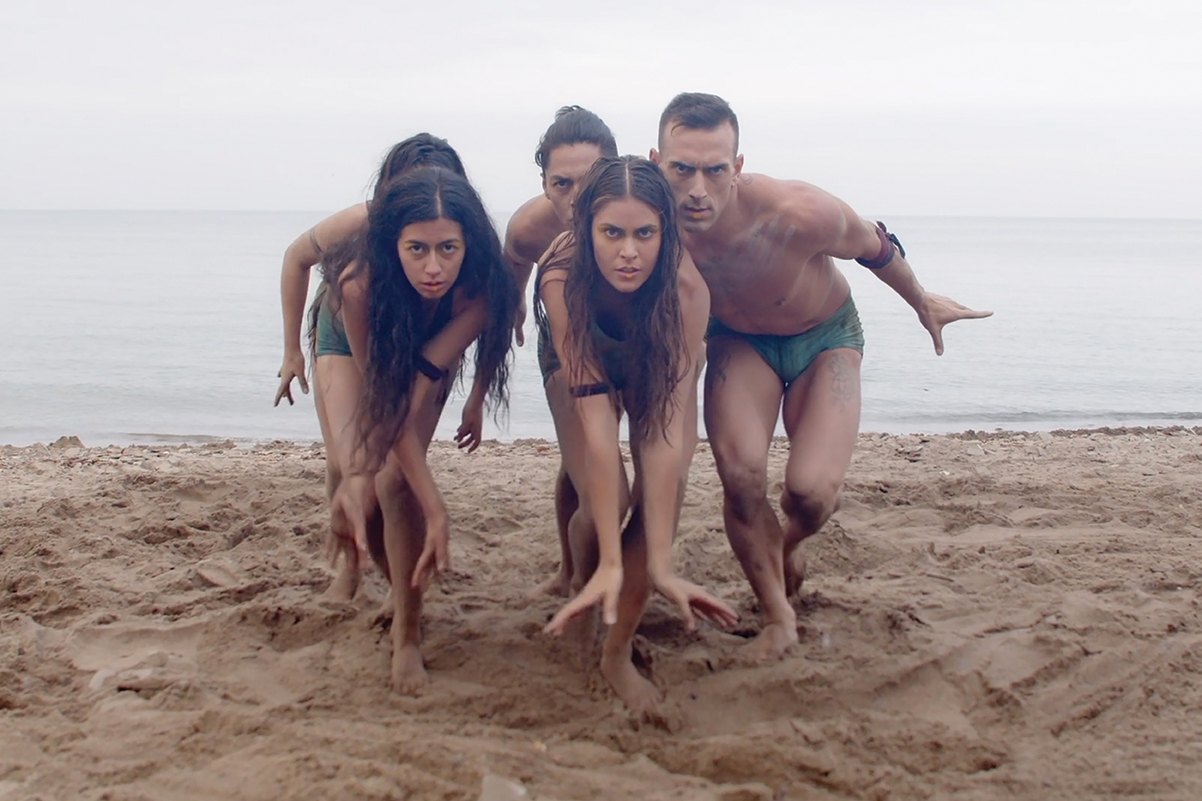So, you think that you can’t dance?
You know how it is — many shy away from the topic of dance, claiming that they can’t dance or that they’re not the “dancing type.” But what if someone was to tell you that dance is an essential component to human survival and evolution? Or that we, as humans, practically danced ourselves into existence?
This is precisely what award-winning director and U of T alum Nathalie Bibeau explores in her whimsical documentary, Why We Dance. The documentary, which premiered on CBC Gem’s The Nature of Things on February 25, examines the relationship of humans with dance from as early as our development in the womb and infancy. It also highlights how humans use dance to create connections with ourselves, other people, and nature.
In an interview with The Varsity, Bibeau discusses these same aspects of dance.
Dance as evolution
What makes Why We Dance unique is that it doesn’t showcase dance as a skill or pristine art form, but rather as a primal instinct. In the documentary, audiences learned that flamingoes’ dance-like behaviour is crucial to their reproduction and survival and that chimpanzees also participate in a rhythmic movement, though they lack the ability to dance to a beat.
Bibeau said that this element was inspired by the ideas of dancer and philosopher Kimerer LaMothe. By relating dance to human development, Bibeau blurs the line between science and art, as in this context, dance becomes instinctual rather than a talent or a skill-based activity.
Bibeau also noted, “We now attribute labels to people, [such as] ‘good dancer’ and ‘bad dancer,’ [or] you’re ‘the right body type’ and, you’re ‘not the right body type.’” As someone against such labels, she hopes that, “When people see [her] documentary… they’ll realize they actually can [dance]. It is inherent in them.”
However, Bibeau did not always think that way. Introspecting on her career as a trained dancer and her ideas about dance prior to this film, Bibeau commented that she had “imagined [that dance] was an activity that we choose to do… [an activity in which] we’re either good at or bad at.”
Dance as socialization
Bibeau said that “one of the theses of [Why We Dance] is that dance connects us to ourselves, to others, and to our natural world.” The documentary includes different experiments that show these connections, such as a social experiment led by Social and Evolutionary Psychologist Bronwyn Tarr.
During this experiment, strangers imitated and synchronized their movements while developing empathy for one another. This exercise, which motivated social engagement, demonstrated that the ability to imitate and synchronize are key in human evolution because they allow us to explore and change new ways of expression.
Dance as nature
To Bibeau, visually connecting dance to nature was the most challenging relationship to demonstrate. The decision to film the documentary predominantly outdoors “was a clear aesthetic choice.”
Among others, this decision is prominent in a scene with an Indigenous dance group from Red Sky Performance — the dancers integrated their beach environment into a contemporary dance through partially burying themselves and then emerging from the sand.
Bibeau said that the documentary created challenges such as these because she wanted “the subconscious… to remember that ultimately this is about connecting to our environment.”
Dance as movement
Through the many dances featured in the hour-long documentary, Bibeau successfully captures the motion by having her cinematographer follow the dancer’s movement.
For this choice, Bibeau took inspiration from Maya Deren, an experimental filmmaker from the 1940s. Bibeau explains, “One of the things [Deren] did so well was to make the camera feel as if it is a participant in the movement of the person being filmed.”
In the documentary, Bibeau wanted the camera to be part of the moment, so this was an important directive decision to make. Its result was blending the fluid motions of the dancers and the motion of the camera.
Bibeau’s documentary, Why We Dance, is uplifting. Dance, which is commonly viewed as a hobby, is so much more. Through her work, Bibieau demonstrates that dance is a spectrum, and that any expressive movement can often become a dance. Therefore, we all dance.
Bibeau’s final thoughts about her documentary is that it’s a “fun film, it is whimsical, and it is meant to encourage creativity.” Airing at a time where the world contains numerous conflicts, she hopes that her film is “an opportunity to just feel joy.”


